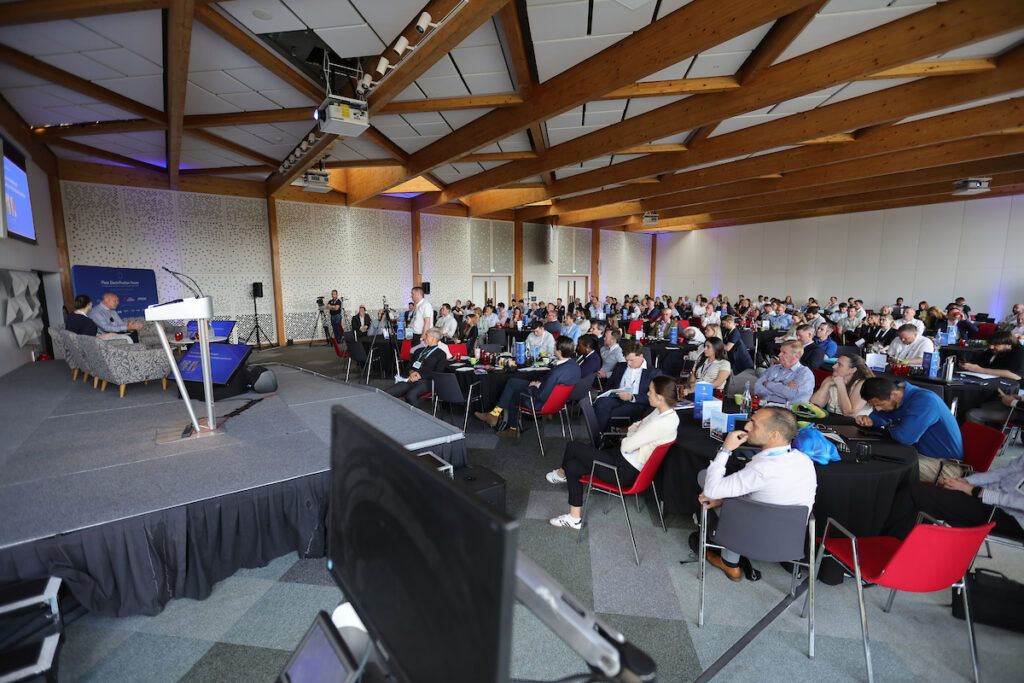Stephanie Kodish, Senior Director at Drive to Zero; and Jennifer Smith, Media Manager at CALSTART examine how to drive the acceleration of commercial zero-emission vehicles across Europe.
According to an electric truck and bus sales report from the International Energy Agency (IEA), electric truck sales are gaining momentum worldwide with a 35 per cent increase in 2023 compared to 2022. Europe alone saw more than 10,000 electric truck sales last year. While this marks significant progress, more work needs to be done to catch up to China, the world leader in electric bus and truck sales. Just two years ago, China sold 54,000 new electric buses and an estimated 52,000 electric medium- and heavy-duty trucks. But the status quo may soon change in Europe — the EU is slated to formally adopt a regulation that would call for a 90 per cent reduction in CO2 emissions from heavy-duty commercial vehicles and prompt EU suppliers to begin to rapidly scale up the production of zero-emission trucks and buses.

Heavy-duty vehicles are responsible for more than 25 per cent of greenhouse gas emissions from transport across Europe, and the regulation will work to improve air quality caused by these vehicles and help to achieve the EU’s objectives for climate neutrality by 2050. If the EU wants to both see and breathe cleaner air in its respected communities, then policymakers from each nation must act now to better the lives of its people. This action starts with a commitment to create a zero-emission transport future that can be accomplished only through determination, strategy, and execution.
Commit to change
China’s success for leading electric truck and bus sales worldwide can be co-attributed to early policy support for electrifying public transport and the domestic disposal of these types of vehicles. Countries looking to increase zero-emission vehicle adoption can take notes from China’s policy efforts but also look to other countries for inspiration. The United States, for instance, has made significant advancements to accelerate the growth of electric vehicles by enforcing strict policies at the state level, like the Advanced Clean Fleets rule in California, and declaring national strategies such as the National Zero-Emission Freight Corridor Strategy.
Several US states, like California, New York, and Colorado, are proud to offer zero-emission vehicle incentive programs for the purchase of and transition to these vehicles at a reduced cost. The United States also boasts tax rebate programs and recently announced a national freight corridor infrastructure plan to stimulate the adoption of electric trucks. This is comparable to the United Kingdom’s recently revealed Zero-Emission HGV and Infrastructure Programme that is funding the roll out of up to 370 zero-emission trucks and around 57 refueling and electric charging sites.
Furthermore, both the UK and the United States are signatories of the Global Memorandum of Understanding (MOU) on Zero-Emission Medium- and Heavy-Duty Vehicles. The Global MOU is a vow that the 35 countries, including the Netherlands, Belgium, Austria, and Denmark, made to accelerate countrywide adoption of clean energy vehicles. The signatories of the Global MOU commit to working together to reach 100 per cent zero-emission new truck and bus sales by 2040 with an interim goal of 30 per cent new ZE vehicles sales by 2030. The Global MOU for ZE MHDVs not only sets the international standard for the pace and scale of change but critically is an invaluable global community. Indeed, the Global MOU community is a network of like-minded stakeholders supporting knowledge sharing, problem solving and collaboration around issues from supply side regulation to infrastructure planning and beyond.
Collaborate for change
Policymakers looking to advance the use of electric trucks do not have to go into planning alone. They may consider reaching out to the Global Drive to Zero Implementation Hub Network for assistance — a collaborative effort of local fleet electrification experts that aims to help businesses transition to zero-emission medium- and heavy-duty vehicles, and support countries and fleets set and meet transport goals. Last year, Drive to Zero set-up the first implementation hub in the Netherlands, and last month, launched the second hub in Poland with partners FIER (Netherlands) and the Polish Association of New Mobility (Poland).
Inspire the change
Policymakers are already aware of the benefits of electrification and the vehicle models available, and with the EU trucking regulations likely going into effect soon, it’s time to bridge knowledge gaps, and tighten the whole of the HDV ecosystem to accelerate the transition to carbon free vehicles.








